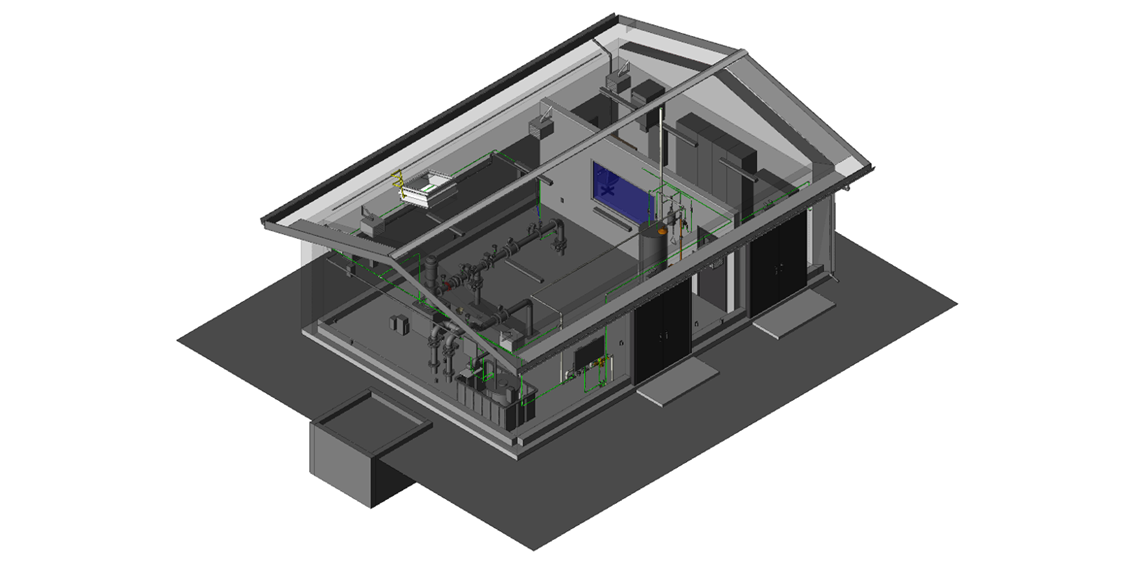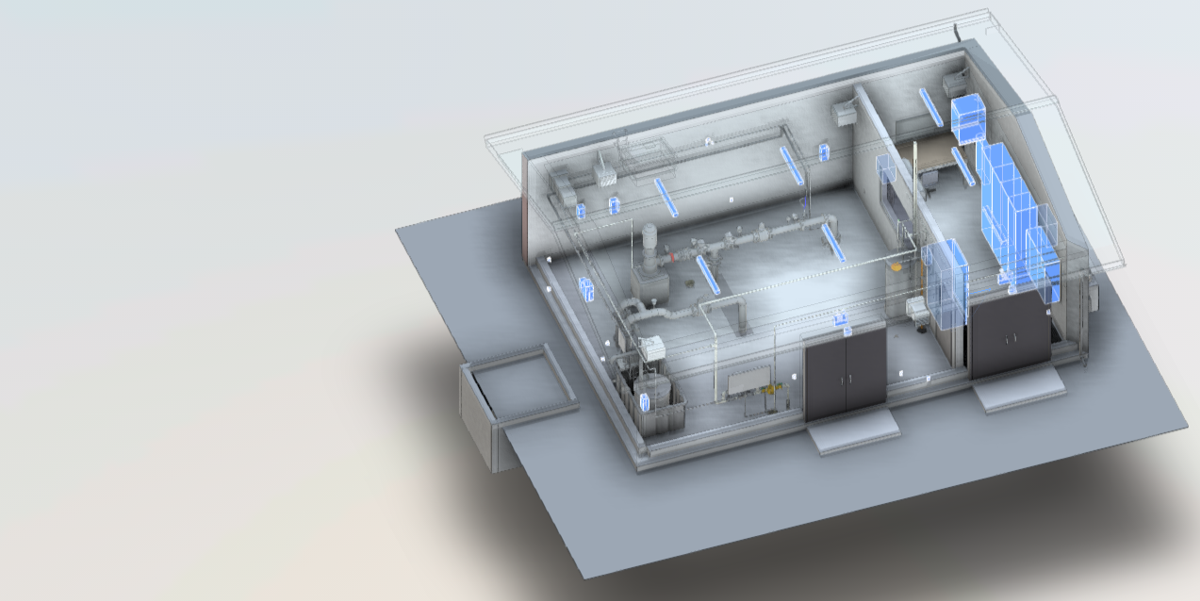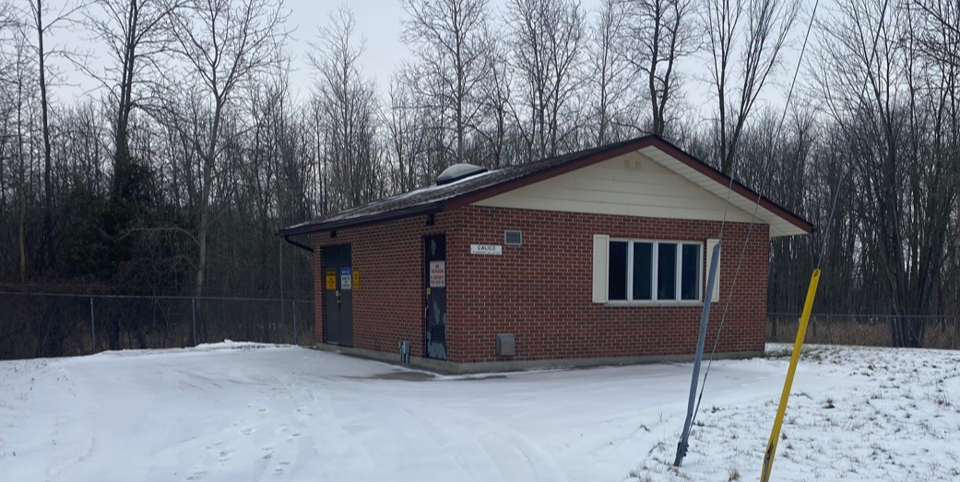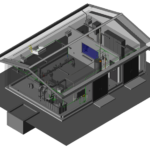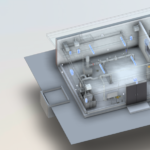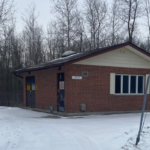The Calico Well Facility outside Guelph, Ontario is an important component of Guelph’s water supply system. The facility went offline in 2019 due to a structural failure of the well casing. A subsequent investigation identified several other deficiencies at the site related to the contact chamber and the well house building. The City also identified the need for improvements to the electrical system, instrumentation and control, and process piping. The City retained CIMA+ to provide engineering services for the replacement of the well facility including design, tender and construction services. The replacement included the demolition of the existing well house and reservoir, installation of a new well house building, new well pump, and the addition of a buried contact chamber for chlorine disinfection. The new well house building includes process piping and instrumentation supported by an automation system that is integrated into the City of Guelph supervisory control and data acquisition (SCADA) system. Site works for the facility included grading and drainage, access and parking modifications, and yard piping to connect the facility to the existing 300 mm discharge watermain.
3D modeling for better visualization of the design
This facility was designed entirely in 3D using the Autodesk Revit software platform. The Revit software and the 3D model were used to show the layout and location of equipment during design workshops. Seeing the model in 3D helped operations staff to visualize the amount of space provided around equipment. Interaction with the 3D model empowered the City to make decisions at the 30% design stage to increase the building footprint, which improved access to equipment.
Reducing impacts on both the environment and the wastewater treatment system
A portion of the site lies within the regulatory flood plain. The location of the new facility was chosen to minimize impacts on the surrounding area while still effectively utilizing the existing site boundaries. With the wetland areas to the south of the station, the design included a dechlorinating process so that process water could be discharged to the natural environment. By discharging process water to the storm drainage system instead of the wastewater treatment system, demand on the wastewater system and the Guelph Water Pollution Control Plant could be reduced.
